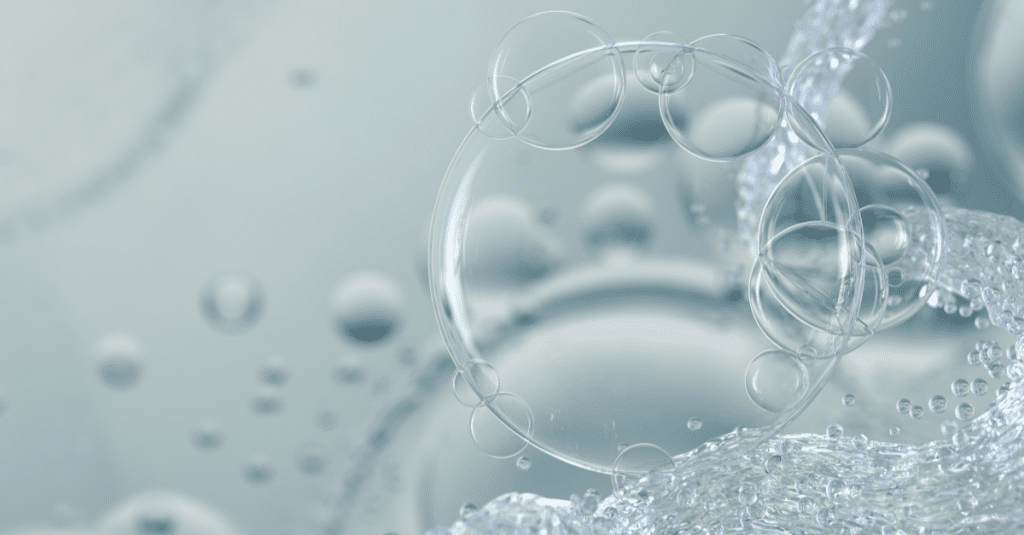Hydrogen peroxide (H2O2) is a powerful oxidizer widely used in water treatment to control Legionella bacteria. As a broad-spectrum disinfectant, H2O2 is effective against a wide range of microorganisms, including bacteria, viruses, and fungi. Its ability to remove biofilms—communities of microorganisms that can form on water pipes and plumbing fixtures—makes it an excellent choice for maintaining clean and safe water systems.
Legionella is a genus of bacteria that can cause Legionnaires’ disease, a serious respiratory illness. These bacteria thrive in warm water systems, such as those found in hospitals, hotels, and office buildings. To control Legionella effectively, hydrogen peroxide can be maintained at a constant dose in the water system.

There are two primary methods to use H2O2 for water treatment and Legionella control:
The optimal H2O2 dose for Legionella control varies depending on factors such as system size, water temperature, and contamination level. Consulting with a qualified water treatment professional is essential to determine the best dosing strategy.
When hydrogen peroxide is added to water, it acts as a powerful oxidizing agent that breaks down into water (H₂O) and oxygen (O₂). This simple decomposition reaction makes hydrogen peroxide an environmentally friendly option for water treatment, especially in systems that require disinfection without leaving harmful by-products.
In the context of Legionella control, when added to water it allows the free oxygen molecules to penetrate microbial biofilms and attack the cellular structure of bacteria like Legionella. This process disrupts essential biological functions, ultimately killing the bacteria and preventing regrowth. Because it targets both free-floating organisms and biofilm-bound colonies, it is especially effective in complex plumbing systems and cooling towers.
To ensure safe and effective use, the concentration of hydrogen peroxide added to water must be carefully monitored. Factors such as water temperature, system volume, and organic load influence how quickly H₂O₂ decomposes and how effectively it performs. Always consult a water treatment specialist to determine the ideal dosing strategy for your specific application.
Using hydrogen peroxide for water treatment and Legionella control offers several advantages:
While it is effective, there are a few considerations to keep in mind:
To maximize the effectiveness of it in water treatment:
H2O2 is a versatile and effective solution for water treatment and Legionella control. To determine the best dosing strategy for your specific situation, consult with a qualified water treatment professional. ChemREADY is here to assist with all your Legionella control needs. Contact us today to learn more.
Hydrogen peroxide (H2O2) controls Legionella by oxidizing their cell walls and disrupting essential cellular functions, effectively killing the bacteria.
Hydrogen peroxide is a broad-spectrum disinfectant effective against various microorganisms, including bacteria, viruses, and fungi. It also removes biofilms, is non-corrosive to most materials, and is environmentally friendly.
Hydrogen peroxide can be used in two main ways: continuous dosing, where it’s injected at a constant rate, and shock dosing, where a high concentration is introduced for a short period to disinfect the system.
Key considerations include the potential for skin and eye irritation, storage requirements to prevent decomposition, and compatibility with system materials like copper and iron.
Yes, hydrogen peroxide can be used alongside other water treatment chemicals, such as chlorine and silver, to enhance its effectiveness in controlling Legionella.